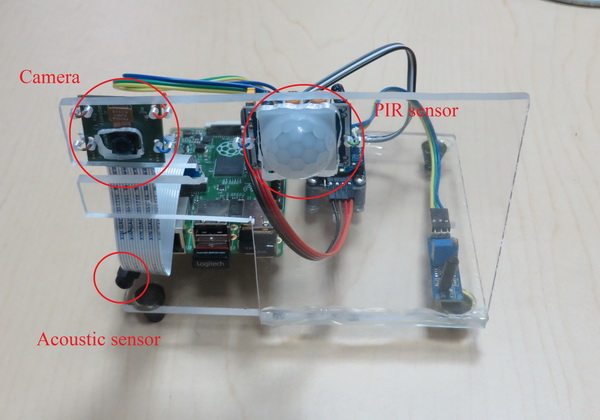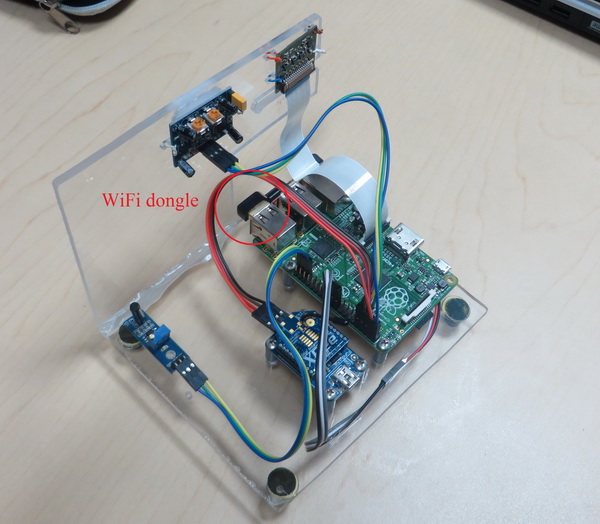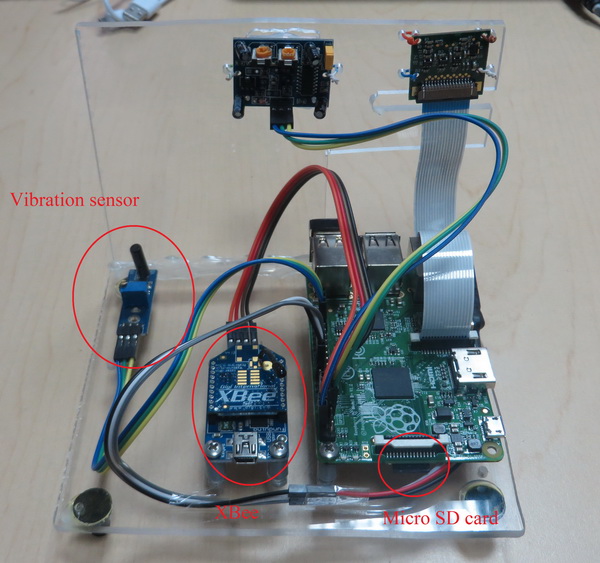Design and Development of a Fusion-Based Framework for Surveillance Applications in Wireless Multimedia Sensor Networks
Recent advances in Information and sensor technologies have made it possible to produce large numbers of tiny battery-powered nodes communicating over wireless links. Networks comprised of nodes with sensing capability (e.g., seismic, humidity, pressure, temperature, acoustic, PIR) are called Wireless Sensor Networks (WSN). In the early applications these nodes were being installed as passive devices inside buildings. However, recent sensor nodes have higher computational power, storage capacity as well as better battery power, compared to early versions. With these developments, multimedia content are now being carried in addition to the simple digital data transfer. A wireless sensor network with multimedia capabilities is called Wireless Multimedia Sensor Network (WMSN). Surveillance, smart cities, environmental monitoring, security, command control and fire detection systems are some of the sample applications. Due to their resource constrained nature, there has always been a trade-off between accuracy and energy-efficiency in these new generation networks. For this reason, studies aimed at achieving high accuracy have usually resulted in much higher energy consumption, and thus, lifetime of these networks have been reduced and a cost-effective solution couldn’t be developed.
The devices that gather data and process them are called sensor nodes. A node is composed of a single-board computer, various sensors and communication devices. Total number of 10 nodes are required and purchased for this project. In The following images, we show a complete and assembled sensor node with different sensors.



Raspberry Pi is series of single-board computers. Raspberry Pi operates on a linux-kernel based operation system (Raspbian). This operating system provides suitable environment to run various applications. The OS are shipped with various libraries that support most of the programming languages. These devices are offered in various models and according to our requirement, we select the Raspberry Pi model B+.

With this proposal a new approach and framework solving the above mentioned WMSN problems is aimed. In the proposed framework the focus will be on increasing accuracy of transferred information as well as the wireless network energy efficiency. By using fuzzy clustering algorithms, a wireless sensor network consuming much less energy than currently used networks will be constructed. Also, by developing and using new multi-modal data fusion algorithms, a WMSN framework that will provide high accuracy ratios will be obtained. Thus, a WMSN framework that will reduce energy consumption while at the same time increasing accuracy will be developed and experimentally verified.